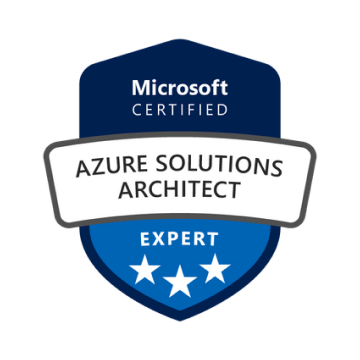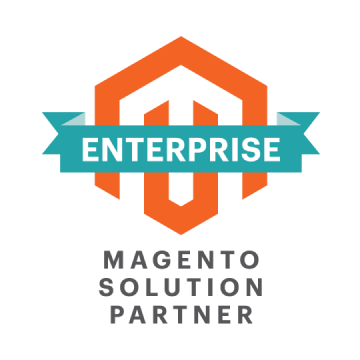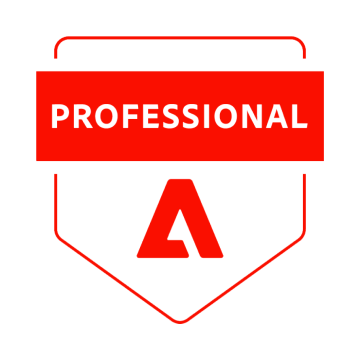Logistics IT Solutions
Running logistics operations today depends on more than vehicles, warehouses, and schedules – it depends on how well your technology supports them. We help logistics companies modernize their IT systems, connect data across supply chains, and remove inefficiencies that slow down decision-making. Our focus is on building practical solutions that improve visibility, optimize costs, and support growth at scale.

Our Offerings
TMS Implementation & Integration
We deploy and extend transportation management systems so planners, dispatchers, and finance see the same data in one place. Our work covers carrier onboarding, multi-stop rating, tendering, dock scheduling, and freight audit – connected to your ERP and finance tools via APIs and EDI. The result is faster quoting, fewer manual touches, and clearer cost-to-serve across lanes.
WMS & Yard Management Modernization
We upgrade warehouse management and yard workflows to cut dwell time and raise throughput. That can include directed putaway, wave/zone picking, ASN receiving, cross-dock logic, and gate-in/gate-out automation tied to appointment calendars. We add RF/mobile apps and heat-map dashboards so supervisors can spot bottlenecks in minutes instead of hours.
Route Optimization & Dispatch
We build and integrate engines that optimize routes against time windows, load constraints, driver hours, and service priorities. Dispatchers get real-time exception flags (missed scans, early/late risk, geofence no-shows), while drivers use mobile apps for POD, photo capture, and turn-by-turn navigation. Expect tighter on-time delivery and lower empty miles for line-haul and last-mile delivery.
Real-Time Visibility, Telematics & IoT
We connect GPS/ELD, sensors, and carrier data feeds to provide continuous ETA predictions and asset tracking. Cold-chain alerts, tamper notices, and detention clocks surface in one console. For energy field operations and heavy equipment moves, we add geofences around pads, depots, and substations so teams know exactly when high-value assets arrive and depart.
Order, Inventory & Fulfillment Orchestration
We centralize order flows across channels and locations, then automate allocation based on inventory, lead times, and service levels. Backorders, substitutions, and partial ships are handled with clear rules so customer service doesn’t need to chase status. This reduces split shipments, improves pick density, and stabilizes promise dates during demand spikes.
Data Integration, EDI & API Hub
We standardize messages across carriers, 3PLs, marketplaces, and trading partners. Our connectors cover common EDI documents (204/990/214/210/944/945, etc.) and REST/GraphQL APIs for rate shopping, tracking, and invoicing. By normalizing events into a canonical model, analytics and operations teams can trust KPI trends across TMS, WMS, OMS, and finance.
Analytics, Forecasting & Cost Controls
We deliver BI models that track OTIF, dwell time, tender acceptance, claims, and cost per mile—by lane, customer, and product family. Forecasts use historical movement plus seasonality to inform labor planning and trailer pool sizing. Finance gets accrual accuracy, while operations sees exactly where penalties, fuel surcharges, and accessorials erode margin.
How We Bring Value To Your Business
We focus on tangible operational gains across planning, execution, and finance.
1
Unified Planning-to-Cash
Connect TMS, WMS, and ERP so orders, loads, inventory, and invoices reference the same shipment record. Planners cut handoffs, finance improves accrual accuracy, and customer service answers status questions in seconds with one source of truth.
2
Lower Transport & Handling Cost per Unit
Route optimization, load consolidation, and appointment scheduling reduce empty miles and late-stage rework. Packing logic boosts cube and weight utilization, while clear rules cut split shipments and reships.
3
Predictable Service & Fewer Exceptions
Live ETA models, geofences, and dock calendars flag early/late risk before it becomes a missed delivery. Detention clocks and exception workflows help teams take action in time to protect OTIF and penalties.
4
Higher Warehouse Throughput
Directed putaway, wave/zone picking, and RF/mobile tasks reduce travel and idle time. Supervisors get heat-map dashboards and labor forecasts to rebalance work by zone, shift, and carrier cutoffs.
5
Risk, Safety & Regulatory Fit
Chain-of-custody for hazardous materials, photo POD, and immutable audit trails support audits without pulling staff off the floor. ELD/HoS checks, yard controls at sites, and contractor access logs help operations stay compliant during peak moves and outages common in energy projects.
6
Decisions Backed by Trusted Data
A canonical event model normalizes EDI/API feeds from carriers, 3PLs, and marketplaces. BI tracks cost-to-serve by lane and customer, highlights accessorial leakage, and surfaces trends that guide contracts, mode mix, and network design.
Challenges We Commonly Solve
Technology in logistics is often held back by legacy systems, disconnected data, and reactive processes. We help close those gaps by addressing the issues that make daily operations costly and unpredictable.
Solve your logistics challenges today.
Why Choose WiserBrand
You want a partner who connects the right systems, removes operational friction, and leaves your teams with tools they’ll actually use.
1
Integration-First, Vendor-Agnostic
We start by unifying your TMS, WMS, ERP, and carrier EDI/API feeds around a single shipment record. Interfaces are documented, events are normalized, and data contracts are testable—so new carriers, sites, and lanes can be added without rebuilding the stack. This makes route optimization, track-and-trace, and freight audit work off the same truth.
2
Operations-Led Delivery & Adoption
We map real workflows with dispatchers, warehouse leads, and field crews, then build the system around those steps. SOPs, exception playbooks, and mobile quick-starts are part of the rollout, not an afterthought. Supervisors get the dashboards they need for OTIF, dwell, and tender acceptance; finance gets reliable accruals and cleaner carrier payments.
3
Energy & Field Experience
For energy projects and field logistics, we handle yard access controls, ELD/HoS checks, hazardous materials chain-of-custody, and geofences around pads, depots, and substations. The goal is practical: safer moves, fewer delays, and clear proof of service aligned to contract terms across your supply chain.
Cooperation Models
Pick a working model that matches your scope, pace, and risk profile.
A focused 2–3 week engagement to map your current stack and operations, document data flows across TMS/WMS/ERP, and prioritize use cases. Deliverables include a target architecture, integration specs, phased plan, risk register, and ROM budget/timeline – useful for executive approval in energy projects with field logistics and asset moves.
Best for a defined initiative such as a TMS/WMS upgrade, carrier EDI/API program, route optimization engine, or a customer/carrier portal. We agree on acceptance criteria up front, run build–test–deploy cycles, manage cutover and training, and report progress against milestones so operations, IT, and finance stay aligned.
An ongoing cross-functional team – product lead, engineers, QA, data – that owns a shared backlog and releases on a predictable cadence. The team handles incidents, minor changes, and roadmap features, maintains integrations, optimizes cloud spend, and keeps your supply chain software current without disrupting daily work.
Our Experts Team Up With Major Players
Partnering with forward-thinking companies, we deliver digital solutions that empower businesses to reach new heights.
Our Approach
A practical path from stack review to impact in production – built around your operations, data, and timelines.
Discovery & Operations Mapping
We shadow planners, dispatch, warehouse leads, and field crews to document real workflows, constraints, and failure points. From there we define high-value use cases, decision points, and the minimum scope that will move key KPIs (OTIF, dwell, tender acceptance, cost per mile).
Integration & Data Contracts
We map system interactions across TMS, WMS, ERP, and carrier/3PL feeds. Interfaces are specified with versioned EDI/API contracts (e.g., 204/990/214/210, rate/track/invoice endpoints) and a canonical shipment/event model so every app reads and writes the same truth.
Prototype & Validate on a Narrow Slice
We deliver a thin slice (one lane group, site, or customer segment) to prove value quickly. This includes routing rules, appointment logic, mobile tasks, and live tracking. We validate with sandbox/tabletop tests and a short live pilot to confirm data quality, exception handling, and user adoption.
Build, Cutover & Training
We expand to additional sites and carriers with incremental releases. Cutovers follow rehearsed runbooks, fallbacks, and dual-run where billing is involved. Supervisors get targeted dashboards; drivers and floor staff receive quick-start guides and in-app tips to reduce ramp-up time.
Operate & Improve
Post-go-live, an embedded team handles incidents, backlog items, and performance tuning. We add trading partners, optimize cloud spend, refine routing and allocation rules, and review KPI trends with operations and finance on a regular cadence – keeping logistics software aligned with changing demand and network constraints.
Case Studies
Our case studies highlight the outcomes we’ve delivered and the approaches that made them possible.
Logistics IT Solutions FAQ
SAP, Oracle, Dynamics 365, NetSuite, OTM, Manhattan, Blue Yonder, homegrown apps, plus carrier and 3PL feeds via EDI (204/990/214/210/944/945), REST/GraphQL APIs, GPS/ELD telematics, and IoT sensors.
We use the best available path – EDI, SFTP flat files, database views, or lightweight adapters – and phase upgrades so operations aren’t disrupted. RPA is a last resort for edge cases.
Start with a thin pilot (one lane/site), run tabletop tests, rehearse cutover steps, and keep a rollback plan. For billing and compliance flows, we dual-run briefly to validate data.
OTIF, empty miles, dwell time, tender acceptance, pick rate, cost per mile, claims rate, carrier invoice accuracy, accessorial leakage, and forecast accuracy by lane and customer.
You do. Repos, infrastructure, runbooks, and configuration live in your accounts. We provide handover sessions and admin playbooks so your team can operate and extend the stack.
